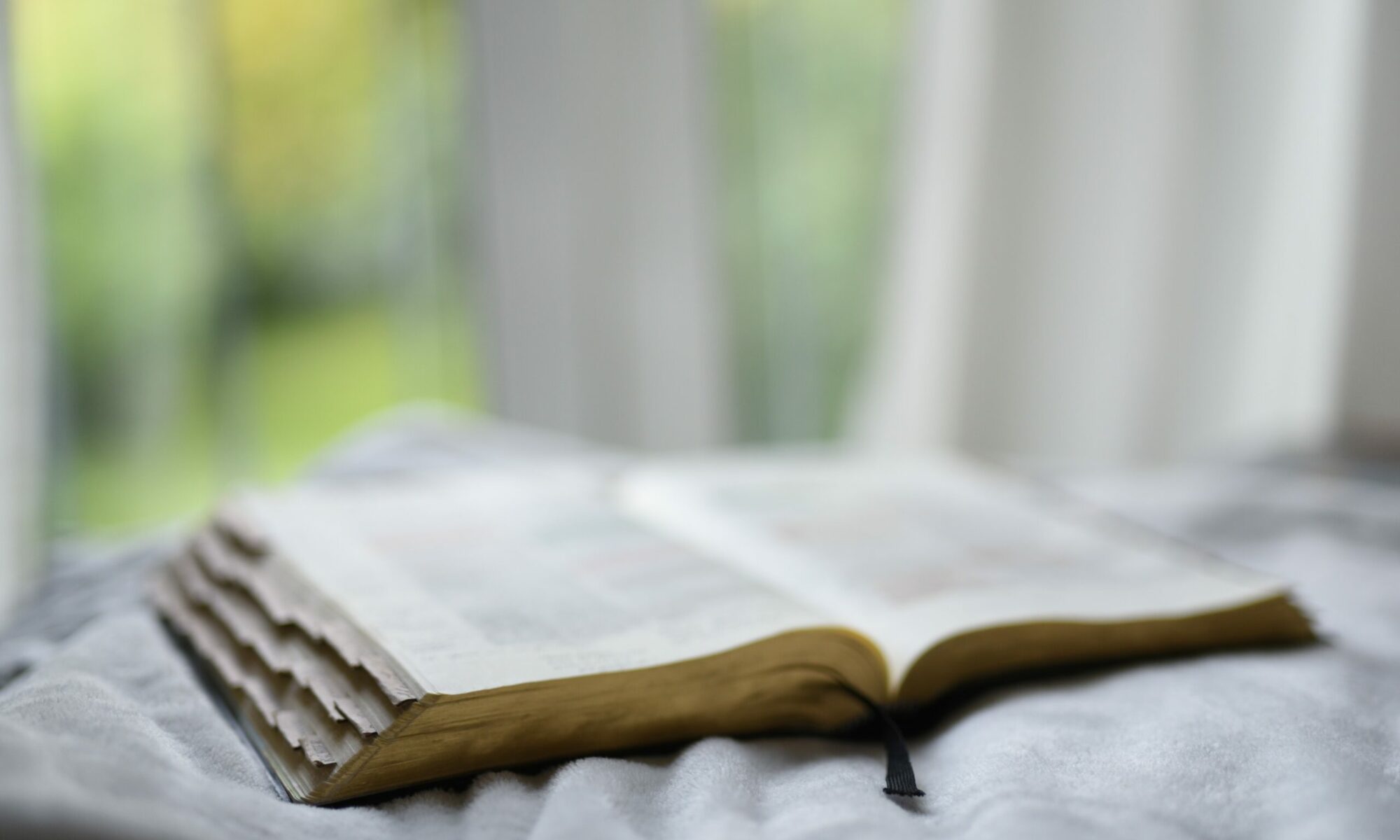Check out John 2:1-11
This can be a dull and dispiriting time of year, can’t it? All the brightness and busyness of Christmas gone, the days still short, greyness and dampness in the weather, bracing yourself for the ever increasing bills landing on the doormat.
Reading this week’s passage put me in mind of a recent conversation with a friend whose partner is really conscious of the cost of things and turns the heating off at every opportunity, even though they are fortunate enough to be able to afford to heat the house well. My friend described how it leaves them feeling lonely and dispirited during the cold days when their partner is out at work. They were also feeling discouraged about a creative project started pre-lockdowns which they had hoped would bring light, life and hope to a lot of people. They were beginning to think that all their effort and expense has come to nothing.
Whilst my friend was speaking, I felt the loneliness but I also felt the warmth and love poured out into into their project and felt sure that there was meaning and purpose in what they had done, even if the results aren’t clear yet. The image of the woman pouring nard over Jesus’ feet came to mind, as did the gift of myrrh brought to the stable by the one of the wise men (a gift meant for the end of Jesus’ ministry, not his beginning). It resulted in the poem at the end of this piece.
In today’s passage we see Mary conscious of the wedding host, another who will be left out in the cold if the wine runs dry. She has faith and confidence that there is an answer and she directs the servants to, “do what he tells you”, even thought her son is telling her that it isn’t his time yet. The result: the savouring of the best and sweetest wine that was, “saved ‘til last”, and the joy and celebration that it brought to all present at the wedding feast.
However bleak this time of year may feel however discouraged we might feel if our beloved projects are ‘on hold’, we can remember and have confidence that we have been invited to that celebration where the sweetest wine is saved ‘til last and never runs dry. We can’t always see where our path is heading but we can always follow the Light and the Life to that place of unending warmth and welcome.
Out in the cold?
Left out in the cold, a numb exile,
losing sense and sensation.
A cutting off and,
cutting out, the
thing most feared; feeling.
A cold coming three kings
once spoke of; ice-cold nights,
frosty receptions and cold
shoulders. Yet, they kept on
following a cool, bright light
leading to warm welcoming, straw
and swaddling and golden gifts;
like nard poured out with love, leaving
light, life; healing.
